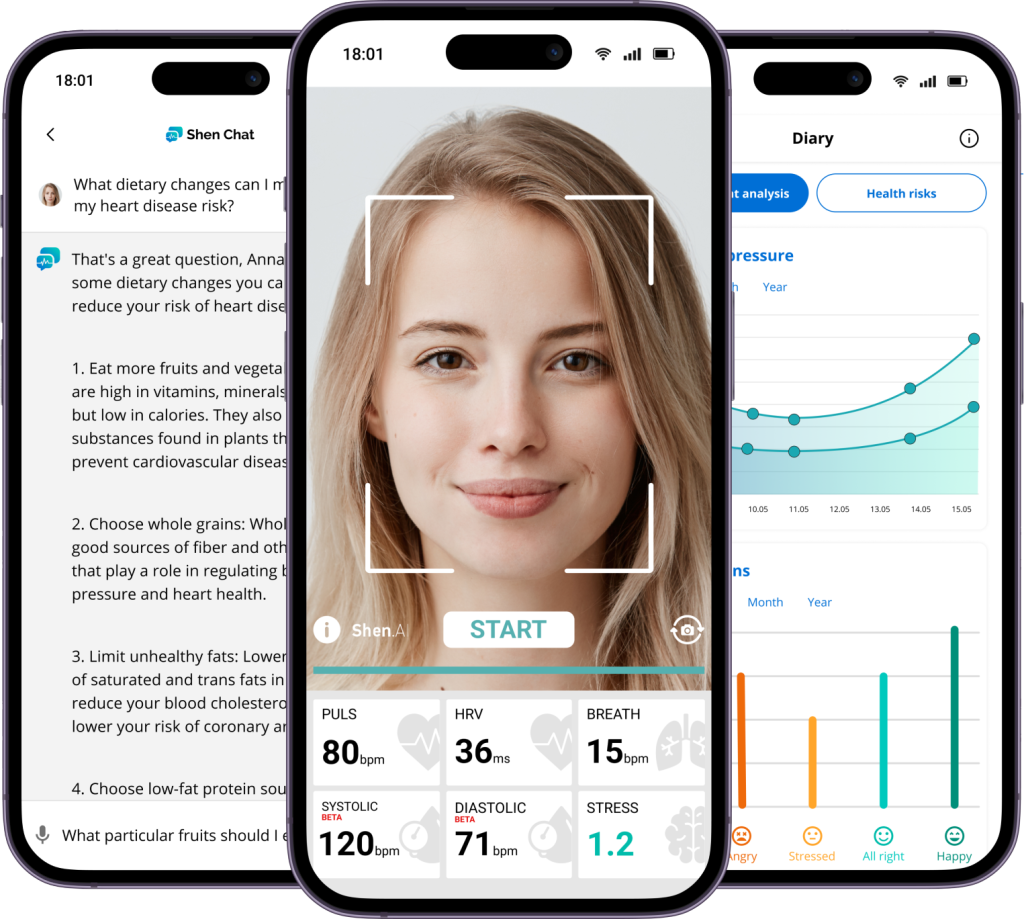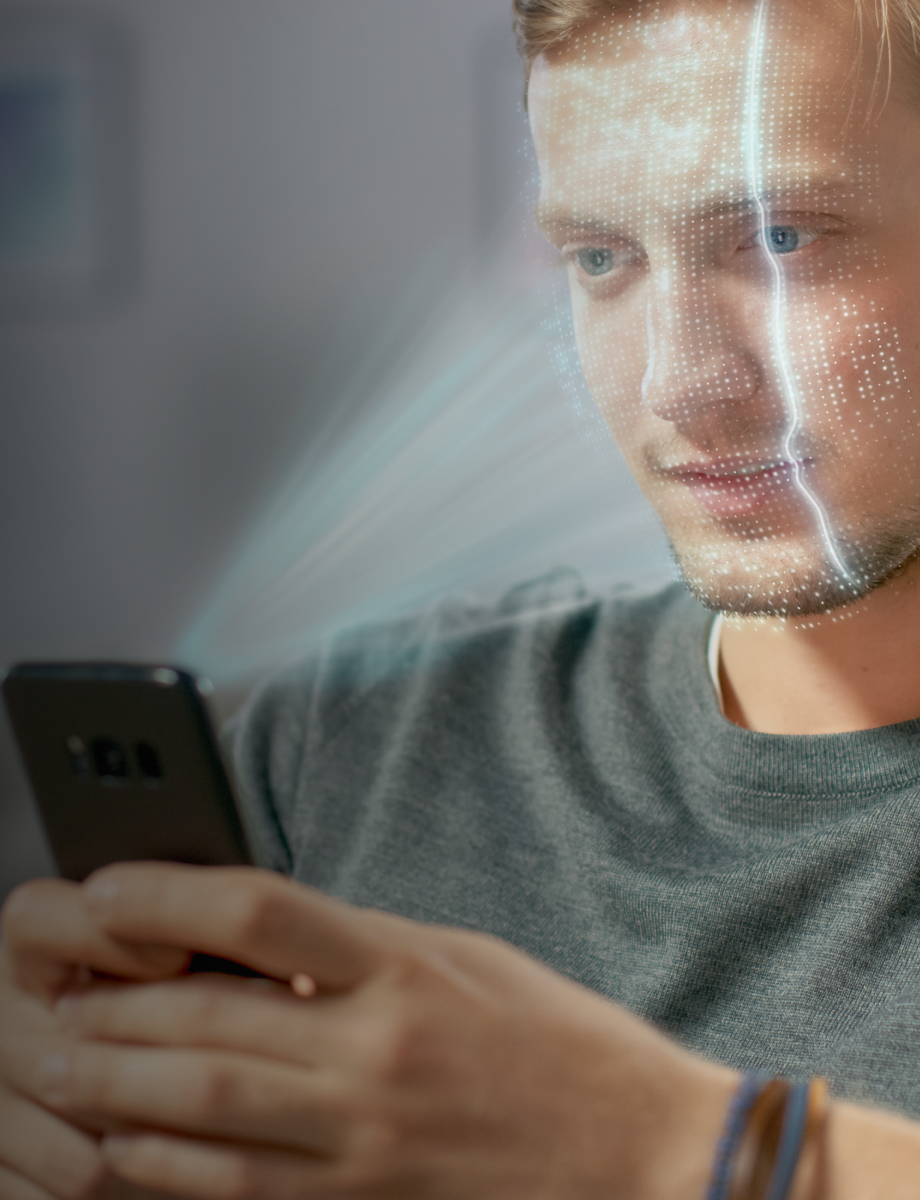Remote Photoplethysmography (rPPG) stands at the forefront of non-invasive health monitoring technologies, offering a window into the body’s vital signs through the subtle color changes in the skin. However, harnessing this technology is not without its challenges.
The core of rPPG’s complexity lies in its sensitivity to variables such as ambient light, skin motion, and diverse skin tones. Each of these factors introduces a layer of noise that can distort the signal, making accurate data extraction a formidable task.
Balancing Illumination and Accuracy
One of the primary obstacles in rPPG signal processing is managing the impact of ambient light. Variations in lighting conditions can significantly affect the signal’s quality, as rPPG relies on detecting minuscule changes in skin color that are often overshadowed by these fluctuations. Achieving a balance requires sophisticated algorithms capable of filtering out the noise induced by ambient light while retaining the integrity of the physiological signal.
The Quest for Stability
Motion artifacts represent another significant hurdle. In real-world scenarios, subjects are rarely perfectly still, and even minor movements can lead to substantial signal disruption. The challenge here is twofold: developing techniques that can isolate the true physiological signals from the noise created by motion, and ensuring these methods are robust enough to handle a wide range of movement intensities and types.
The Spectrum of Skin Tones – Shen.AI Ensuringing Universal Application
Furthermore, the variability in skin tones adds another layer of complexity to rPPG signal processing. Different skin tones absorb and reflect light differently, which can alter the signal captured by rPPG technologies. Crafting a solution that is equally effective across this spectrum requires a deep understanding of the interplay between light and skin, as well as algorithms that can adapt to these differences.
Adding to the complexity of rPPG signal processing due to the variability in skin tones, the Multi-Tonal Sensing Technology developed by Shen.AI marks a significant advancement in addressing this challenge. This innovative technology significantly diminishes the reliance on uniform lighting conditions, enabling accurate and reliable readings across a broader spectrum of environments. Its effectiveness is particularly notable in its ability to accurately capture data from Fitzpatrick skin tones 4-6, thus greatly enhancing the inclusivity and precision of health monitoring applications.

Pioneering Precision in rPPG Technology
In the landscape of rPPG solutions, Shen.AI emerges as a leader, offering a suite of technologies designed to tackle these challenges head-on. By leveraging advanced algorithms and machine learning models, Shen.AI has developed a platform capable of delivering high-precision health monitoring across a diverse range of conditions and populations. Their approach addresses each of the core challenges of rPPG signal processing:
- Adaptive Lighting Compensation
Shen.AI’s algorithms are finely tuned to mitigate the impact of varying ambient light conditions, ensuring reliable signal extraction even in less-than-ideal lighting environments.
- Motion Correction Mastery
Through innovative signal processing techniques, Shen.AI effectively minimizes the influence of motion artifacts, paving the way for accurate readings in dynamic scenarios.
- Inclusive Skin Tone Analysis
The platform’s algorithms are designed with the global diversity of skin tones in mind, guaranteeing that the technology delivers consistent performance for all users.

The Shen.AI Advantage
What sets Shen.AI apart is not just its technological prowess but its commitment to accessibility and ease of use. The platform is engineered to integrate seamlessly with a wide range of devices, making advanced health monitoring accessible to a broader audience. This user-centric approach, combined with the company’s dedication to precision and reliability, positions Shen.AI as the premier choice for those seeking to navigate the complexities of rPPG signal processing.

The Future of Health Monitoring
As the demand for non-invasive health monitoring solutions continues to grow, the role of technologies like rPPG becomes increasingly significant. The challenges inherent in rPPG signal processing are substantial, but they are not insurmountable. Solutions like Shen.AI not only demonstrate the feasibility of overcoming these obstacles but also highlight the potential for such technologies to revolutionize the way we approach health and wellness monitoring.
 English
English




